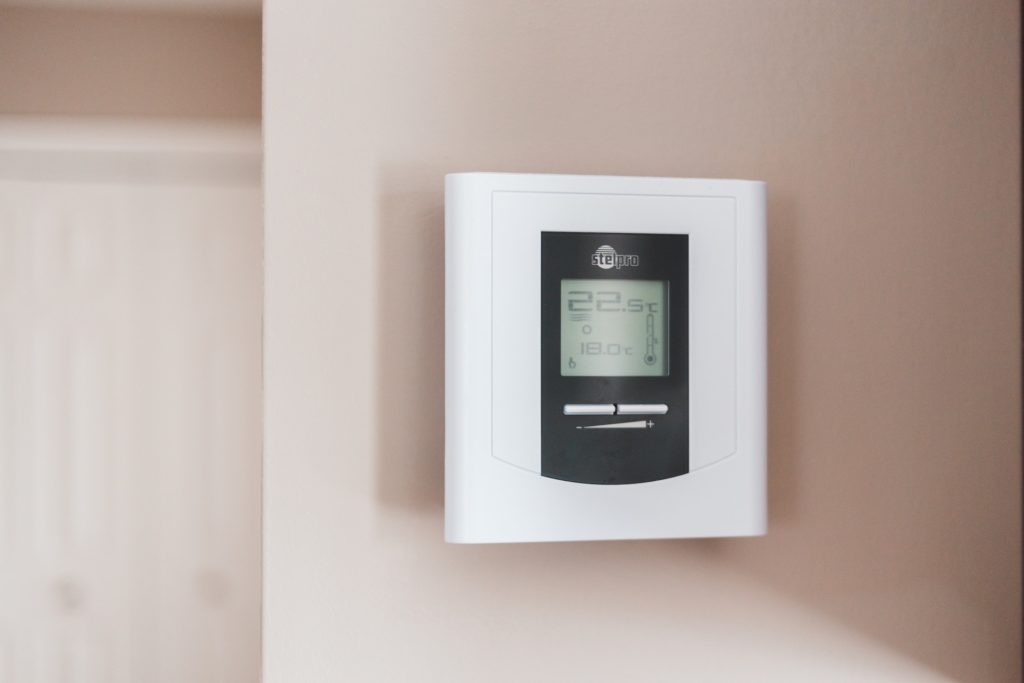When it comes to maintaining a comfortable temperature in your home or office, nothing is more important than a properly functioning thermostat. A thermostat serves as the main regulator of heating and cooling in your building, tracking indoor and outdoor temperatures and then adjusting the HVAC system accordingly. However, thermostats can sometimes go wrong, leading to issues with airflow and comfort levels.
1. Inaccurate Readings and Excessive Wear
Another key function of a thermostat is to provide accurate readings about temperature, both inside and outside. However, if these readings seem inaccurate or unpredictable, this could indicate that the sensor needs replacement. Alternatively, dust buildup on the sensor itself can also cause incorrect information to be sent back to the control unit of the HVAC system.
If you notice physical damage, such as cracks or dents on the case of your thermostat or frayed wiring around its base, this may mean that it needs replacing soon due to excessive wear and tear. Of course, before taking any action, it’s best to consult a professional who can properly diagnose any problems with your HVAC system. With careful maintenance and regular service checks, you should be able to keep your thermostat running optimally for many years to come.
2. Increased Energy Consumption
Letting an old, worn-out thermostat operate in your home can not only result in uncomfortable humidity and temperature fluctuations but may also cause higher energy bills. Notice abnormally high energy consumption while using heating or cooling systems. Even if there don’t seem to be any obvious reasons for this increase, a new thermostat may be necessary to restore normal usage patterns and keep costs under control. With these signs as indicators, you can avoid costly repairs by replacing your old thermostat with a brand-new model.
3. Faulty Calibration and Erratic Operation
If you notice that your thermostat is not accurately keeping track of the temperature in your home, or if it seems to be consistently registering higher or lower temperatures than normal, this could be a sign that your thermostat needs to be replaced. Worn or malfunctioning parts often cause this issue in the thermostat’s calibration mechanism, which can seriously affect your home’s interior climate.
A faulty thermostat will often exhibit several strange behaviors, such as suddenly shutting off when it gets too hot or cold inside the house, switching settings too frequently or unevenly (for example, turning on the heat but only opening half of the vents), or resetting itself to default mode at random intervals. Any of these symptoms indicate that your thermostat may need to be replaced to run effectively and reliably again.
A thermostat is a crucial component of any HVAC system. Without it, your system would not be able to regulate the temperature in your home, and you would be stuck living in an uncomfortable environment. If you notice any of the warning signs we have listed above, it is time for you to replace your old thermostat with a new one. Don’t wait until your system breaks down completely before taking action.



